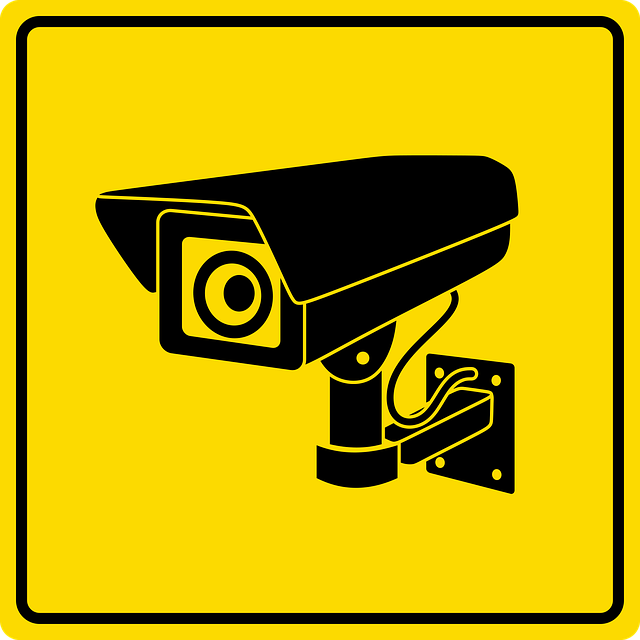Assessing and preserving classic homes requires a delicate balance between maintaining historical value and ensuring occupant safety. Old home protection involves identifying and addressing structural vulnerabilities, outdated systems (like electrical), hazardous materials (asbestos, lead paint), and inadequate ventilation. Regular inspections, expert knowledge, and tailored solutions are key to reinforcing structures, replacing damaged materials, and implementing fire safety measures while preserving the homes' unique architectural details. Upgrading electrical systems, removing hazardous materials, and proper ventilation are essential steps in old home protection to safeguard occupants and maintain the property's value.
“Preserving classic homes is a delicate balance between maintaining historical integrity and ensuring comprehensive safety. This article guides you through the essential aspects of old home protection, from assessing historical significance and identifying structural integrity issues to implementing modern fire safety measures and upgrading outdated electrical systems.
We’ll explore strategies for mitigating environmental hazards and offer insights into why these steps are crucial for safeguarding both the structure and the well-being of its occupants.”
- Assessing Historical Significance and Safety Risks in Old Homes
- Structural Integrity: Foundation to Roof
- Fire Safety Measures for Classic Homes
- Electrical Systems Upgrades for Old Home Protection
- Environmental Hazards and Their Mitigation in Historic Properties
Assessing Historical Significance and Safety Risks in Old Homes

Assessing a classic home’s historical significance is an essential first step in ensuring its safety and preserving its value. These older structures often come with unique architectural details, original materials, and features that reflect a bygone era. However, this historical charm can also present unforeseen safety risks. Professional restorers or inspectors should carefully evaluate the building to identify potential hazards. These may include structural issues like weakened foundations, outdated electrical systems prone to failure, hazardous building materials (such as lead paint or asbestos), and inadequate insulation or ventilation, which can impact both the health of occupants and the overall integrity of the home.
Old home protection involves a comprehensive understanding of these risks and implementing appropriate safety measures. It’s crucial to follow historical preservation guidelines while also ensuring the well-being of residents and visitors. This careful balance requires meticulous research, expert knowledge, and tailored solutions for each unique property.
Structural Integrity: Foundation to Roof

The structural integrity of a classic home is paramount for ensuring its longevity and safety, especially given the unique construction techniques and materials used in older buildings. From the moment you step inside, the foundation to the roof forms a protective shell, requiring meticulous care and attention to maintain. This involves regular inspections to identify any signs of wear or damage, such as cracked foundations, sagging floors, or uneven walls, which could indicate broader structural issues.
Old home protection necessitates addressing these problems promptly. Repairs might include reinforcing foundations, replacing rot in wooden beams, or securing loose tiles on the roof. It’s crucial to use both traditional methods and modern techniques that respect the original architectural integrity while enhancing safety standards for the future. This holistic approach ensures that classic homes not only stand the test of time but also provide a secure and stable environment for their occupants.
Fire Safety Measures for Classic Homes

Fire safety in classic homes is a critical aspect of old home protection that often requires specialized consideration. These structures, while charming and full of character, may have unique features such as wooden frameworks, ancient wiring, or outdated heating systems—all potential fire hazards. Implementing modern fire safety measures is essential to mitigate risks without compromising the historical integrity of these properties.
Homeowners can enhance old home protection through a combination of proactive steps. Upgrading electrical systems and ensuring regular maintenance of plumbing can prevent fires sparked by faulty wiring or gas leaks. Installing smoke alarms on every level, testing them monthly, and replacing batteries annually are vital. Additionally, keeping easily flammable materials away from heat sources, such as candles or fireplaces, and developing and practicing a fire escape plan with all household members can significantly improve safety in these classic abodes.
Electrical Systems Upgrades for Old Home Protection

Many classic homes boast charming aesthetics, but their electrical systems may be outdated and pose potential safety risks. To ensure old home protection, consider upgrading your electrical infrastructure. This involves assessing the wiring, circuit breakers, and outlets to meet modern safety standards. Older homes often have 2-prong outlets, which may not provide adequate grounding, increasing the risk of electric shock or fire.
Upgrading to a 3-pronged outlet is a simple yet effective step for old home protection. This change ensures proper grounding, protecting against electrical faults and reducing the likelihood of hazardous situations. Additionally, installing modern circuit breakers can prevent power surges from damaging appliances and fixtures, further enhancing the safety of your classic home.
Environmental Hazards and Their Mitigation in Historic Properties

Historic homes, with their unique architectural charm, require special attention when it comes to safety, especially when addressing environmental hazards. These older properties may face risks from natural elements such as asbestos, lead paint, and mold, which were commonly used in construction but are now known to be hazardous. Asbestos, found in insulation and flooring, can cause severe respiratory issues, while lead-based paint can contaminate dust and pose a risk to children and pregnant women. Mold thrives in damp environments, often found in older homes with poor ventilation, and can trigger allergies and respiratory problems.
To ensure old home protection, proper mitigation strategies are essential. This includes thorough inspections to identify the presence of these hazards and subsequent remediation by licensed professionals. For asbestos, encapsulation or removal is crucial, depending on the extent of the problem. Lead paint should be safely removed or covered with appropriate materials, ensuring no dust escape during renovation processes. Effective ventilation systems can prevent mold growth, and regular maintenance checks can help address potential issues early on. These measures contribute to creating a safer living environment while preserving the historical integrity of classic homes.
Preserving classic homes while ensuring comprehensive safety is a delicate balance, but with proper assessment and targeted upgrades, it’s achievable. By understanding historical significance, assessing structural integrity, implementing fire safety measures, modernizing electrical systems, and mitigating environmental hazards, old home protection becomes a holistic process. These strategies not only safeguard these cherished structures but also ensure the well-being of their inhabitants, striking a vital balance between history and safety.
